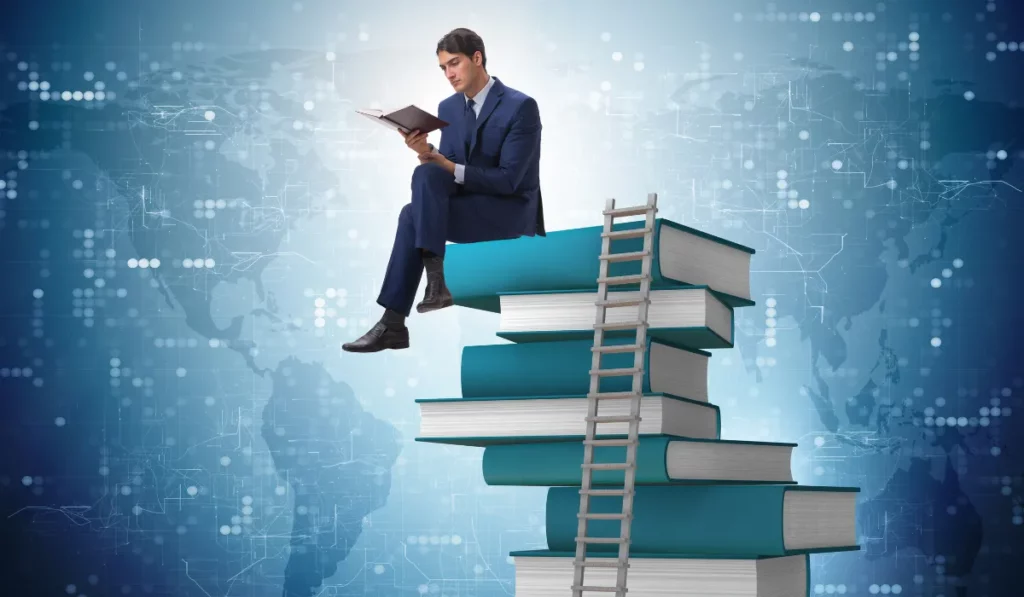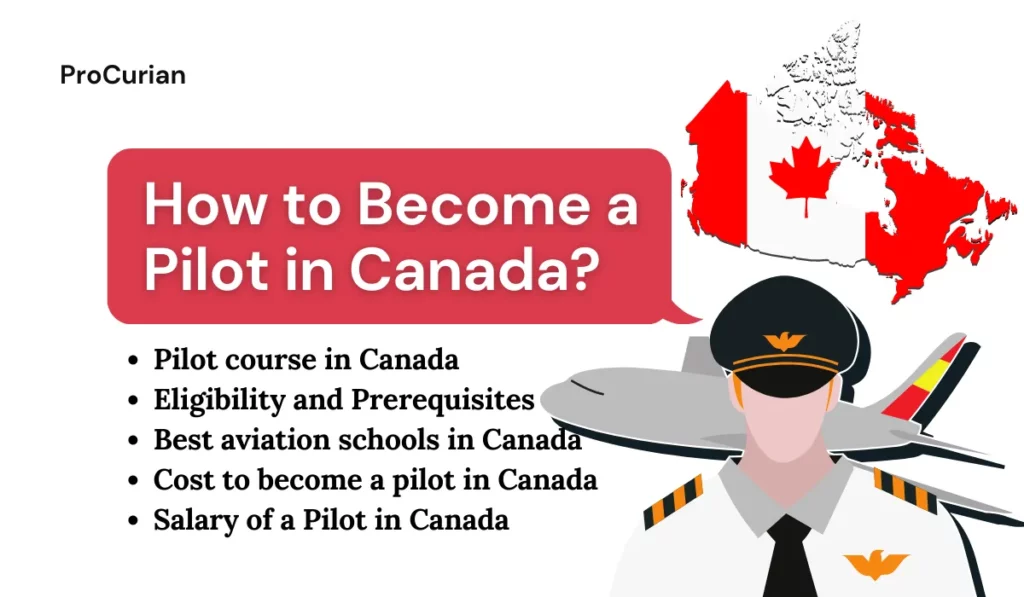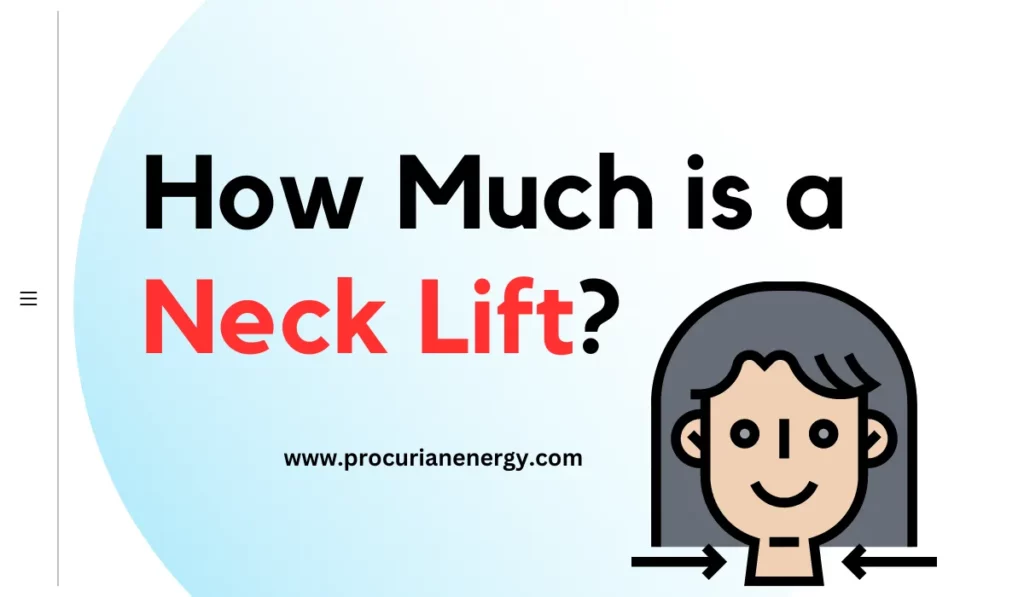Learning has a key role in human growth on both a personal and professional level.
We are able to acquire knowledge, skills and experiences through this complex and fascinating process, which contributes to creating our worldview.
We will explore about how does learning happen in this blog post from ProCurian as well as the inner workings of our brains and the numerous influences on learning.
The Brain and Learning
All of our learning processes are controlled by our brains.
The brain’s complex network, which is made up of billions of neurons connected by synapses, helps in information processing.
The capacity of the brain to adapt and reorganize itself in response to events is one of its most astounding characteristics, known as neuroplasticity.
The brain may create new neural connections, strengthen old ones and modify its structure as a result of learning thanks to its plasticity.
Another crucial component of learning is the development of memories. Memories go via a multi-stage process that includes encoding, storage and retrieval rather than being simply kept in one place.
Our learning tactics can be made more effective if we are aware of how memories are created and stored.
Theories of cognitive learning

Here are some key cognitive learning theories:
1) Gestalt Theory
The Gestalt theory, developed by Max Wertheimer, Wolfgang Köhler and Kurt Koffka, emphasizes the idea that learning involves perceiving the whole rather than just the sum of its parts.
According to this theory, learners organize information into meaningful patterns, known as Gestalts, to make sense of the world. The “aha” moment when learners suddenly understand a complex concept is an example of Gestalt learning.
2) Information Processing Theory
The information processing theory likens the human mind to a computer, suggesting that learners process information through a series of stages including encoding, storage and retrieval.
3) Schema Theory
Schema theory, proposed by Jean Piaget, suggests that learners organize and categorize information into mental frameworks called schemas.
These schemas act as a foundation for understanding new information by connecting it to existing knowledge.
4) Social Cognitive Theory (Social Learning Theory)
Albert Bandura’s social cognitive theory emphasizes the role of observation, imitation, and modeling in the learning process.
Learners acquire new behaviors and knowledge by observing the actions and outcomes of others.
5) Cognitive Load Theory
The cognitive load theory, proposed by John Sweller, focuses on the limitations of working memory and how it affects learning.
Working memory can only process a limited amount of information at a time. When learners are presented with complex or overwhelming information, it can exceed their working memory capacity, leading to cognitive overload.
6) Cognitive Constructivism
Derived from the work of Jean Piaget, cognitive constructivism emphasizes the active role of learners in constructing their understanding of the world.
Learners actively engage with new information, assimilating it into their existing cognitive structures or accommodating it by modifying their schemas.
7) Cognitive Apprenticeship
Cognitive apprenticeship, proposed by Collins, Brown, and Newman, emphasizes the importance of learning within authentic contexts and through guided practice.
The Role of Memory in Learning
Learning requires the capacity to recollect knowledge. Information first enters sensory memory, which has a limited capacity and endurance.
If we focus on it, this information is actively processed in our short-term memory.
We may retain information for longer lengths of time if we practice it or explain it to others. This helps the information get stored in long-term memory.
How information is encoded, stored and retrieved affects how well we can recall it when necessary.
Neuroplasticity and Learning
Our brains’ capacity for neuroplasticity or adaptability and change is simply amazing.
Learning experiences occur in anatomical and functional changes in the brain as well as changes in the size or strength of neural connections.
Neuroplasticity allows us to learn new skills, adjust to new situations and recover from brain injury.
Despite the fact that neuroplasticity tends to diminish with aging, young learners are better able to grasp novel concepts than adults.
Technology and Learning
Because of technological advancements, the learning environment has changed.
Edtech or the application of technology in education has made it possible for students to get personalised attention while studying.
Online courses, multimedia technologies and computer simulations have made learning more available and enjoyable.
However, since too much screen time may be damaging to learning and focus, it’s crucial to strike a balance and use technology properly.
The Learning Environment
The learning environment significantly helps in effective learning.
A supportive environment fosters engagement, active participation and a sense of belonging.
Skilled and motivated educators may inspire pupils, create pertinent learning opportunities and provide constructive critique.
Peer interactions and cooperative learning activities can also enhance knowledge by encouraging the exchange of ideas and points of view.
Lifelong Learning
Learning is not limited to formal education; it is a lifelong journey.
Lifelong learning involves continuously seeking knowledge, skills and experiences throughout one’s life.
It enables personal growth, helps individuals adapt to a rapidly changing world and fosters a sense of fulfillment and curiosity.
Challenges and Obstacles to Learning
Although learning is a natural process, certain people could encounter obstacles and challenges.
People with learning disabilities may find it challenging to read, write, comprehend or solve problems.
Recognizing and addressing these issues as soon as feasible is crucial in order to provide appropriate support and accommodations.
Social and cultural obstacles may make education more difficult to get.
Equal educational opportunities must be made available to everyone, regardless of cultural background, financial situation or geographic location.
By addressing these disparities, we may create a learning environment that is more inclusive and equitable.
Enhancing Learning: Tips for Learners
If you’re looking to optimize your learning journey, here are some tips to consider:
1) Set clear learning goals – Having specific, achievable objectives provides direction and motivation.
2) Create a personalized learning plan – Tailor your learning approach to your individual preferences and strengths.
3) Embrace continuous learning and a growth mindset – View challenges as opportunities for growth and keep seeking new knowledge and skills.
FAQs
What is learning?
The process of acquiring knowledge, skills or behaviors through experience, study and teaching.
How does the brain learn?
The brain learns through neurons forming connections, rewiring and consolidating memories.
Does emotion impact learning?
Yes, emotions can enhance or hinder learning, affecting memory and motivation.
How can I improve my learning style?
Identify your preferred learning modality (visual, auditory, kinesthetic) and tailor study techniques accordingly.
What is the role of motivation in learning?
Motivation drives effort and persistence in learning; intrinsic motivation fosters long-term engagement.
How can educators create a supportive learning environment?
: Encourage curiosity, active participation and a positive atmosphere that nurtures learners’ confidence.
Can technology enhance learning?
Yes, educational technology offers vast resources, personalized learning and interactive experiences.
How can we overcome learning obstacles?
Address learning disabilities early, persevere through plateaus and promote equitable educational opportunities.
Is learning a lifelong journey?
Yes, lifelong learning involves continuous growth, personal enrichment and adapting to changing circumstances.
Final Thoughts
The learning process is a wonder of human cognition, neuroplasticity and social dynamics.
Understanding how learning happens allows us to optimize educational practices, nurture intrinsic motivation and create supportive environments for learners.
We may improve our lives and have a positive effect on the world by embracing a lifelong learning philosophy that allows us to continue to develop and widen our viewpoints.
Learning is a process of discovery, growth and boundless possibilities.









